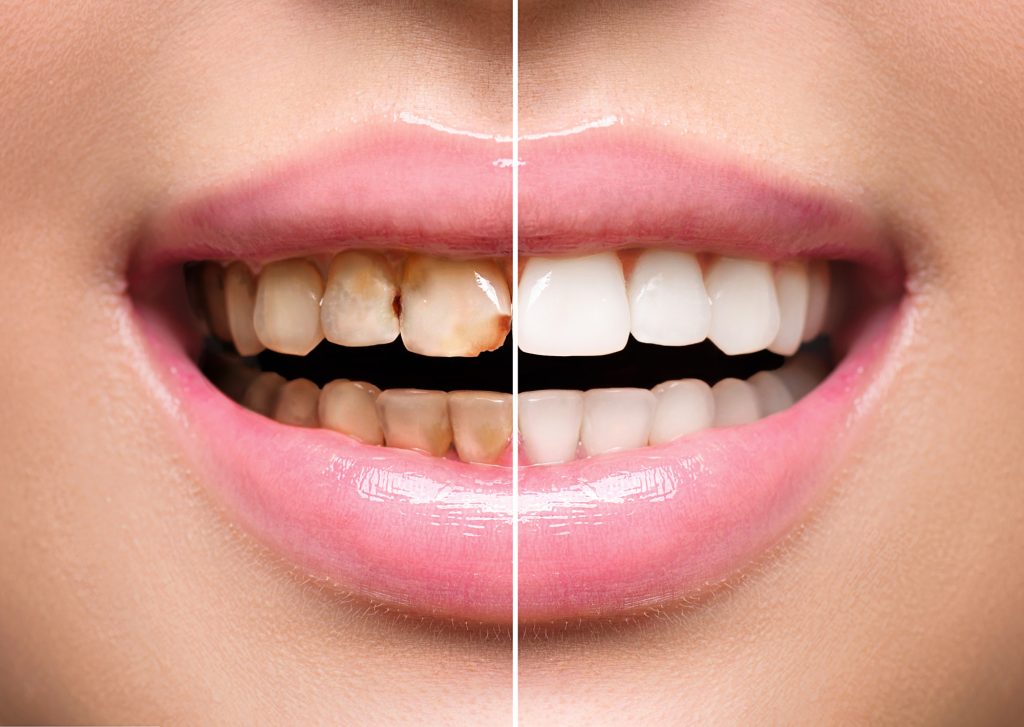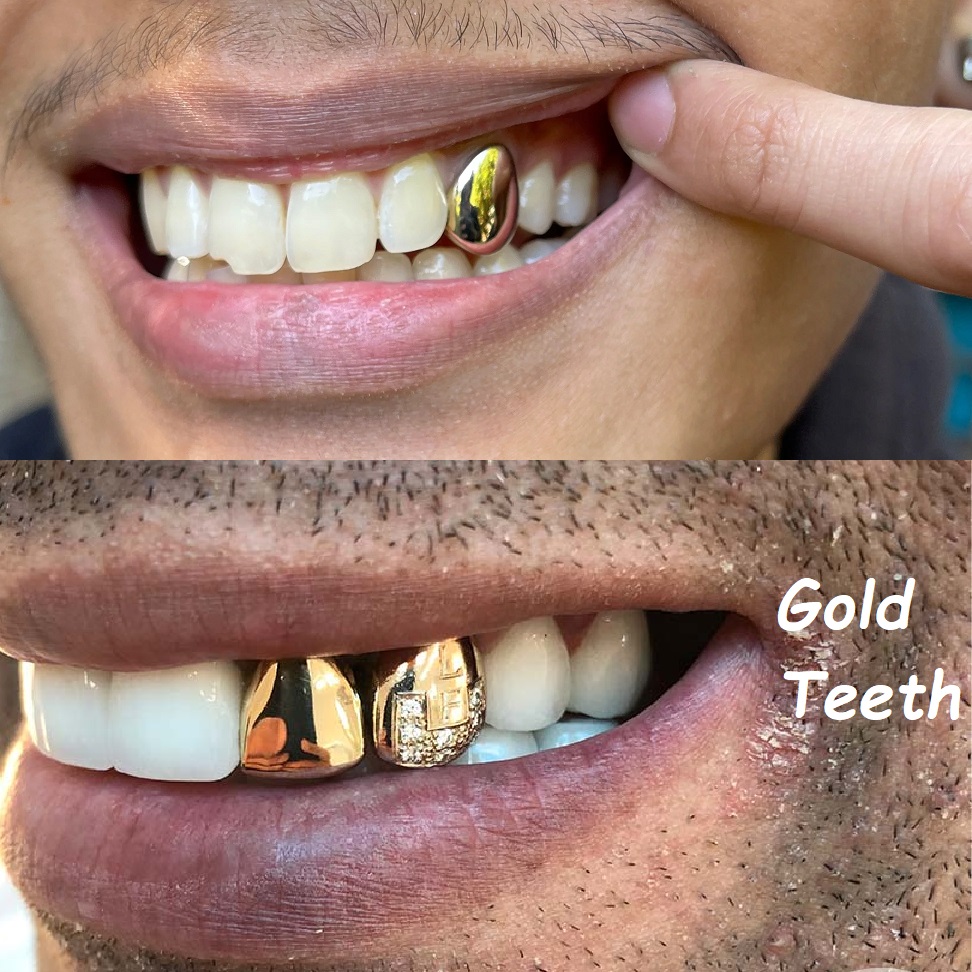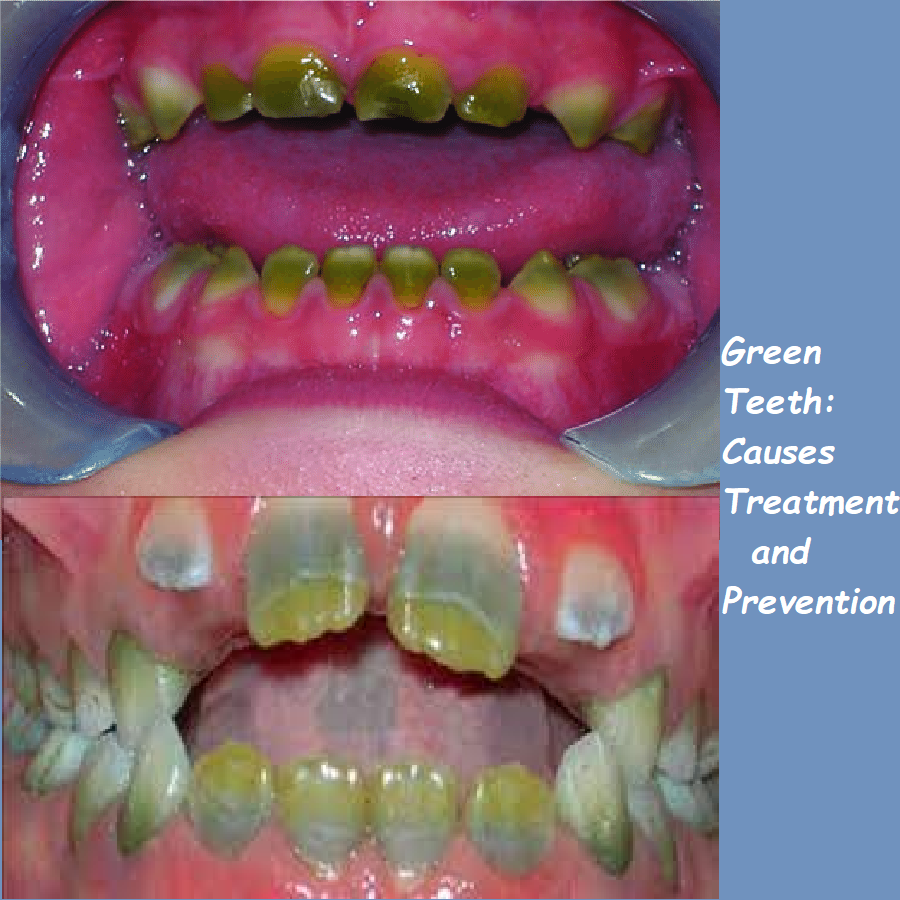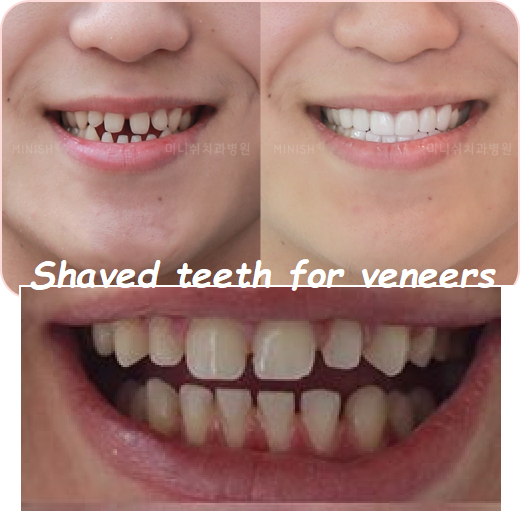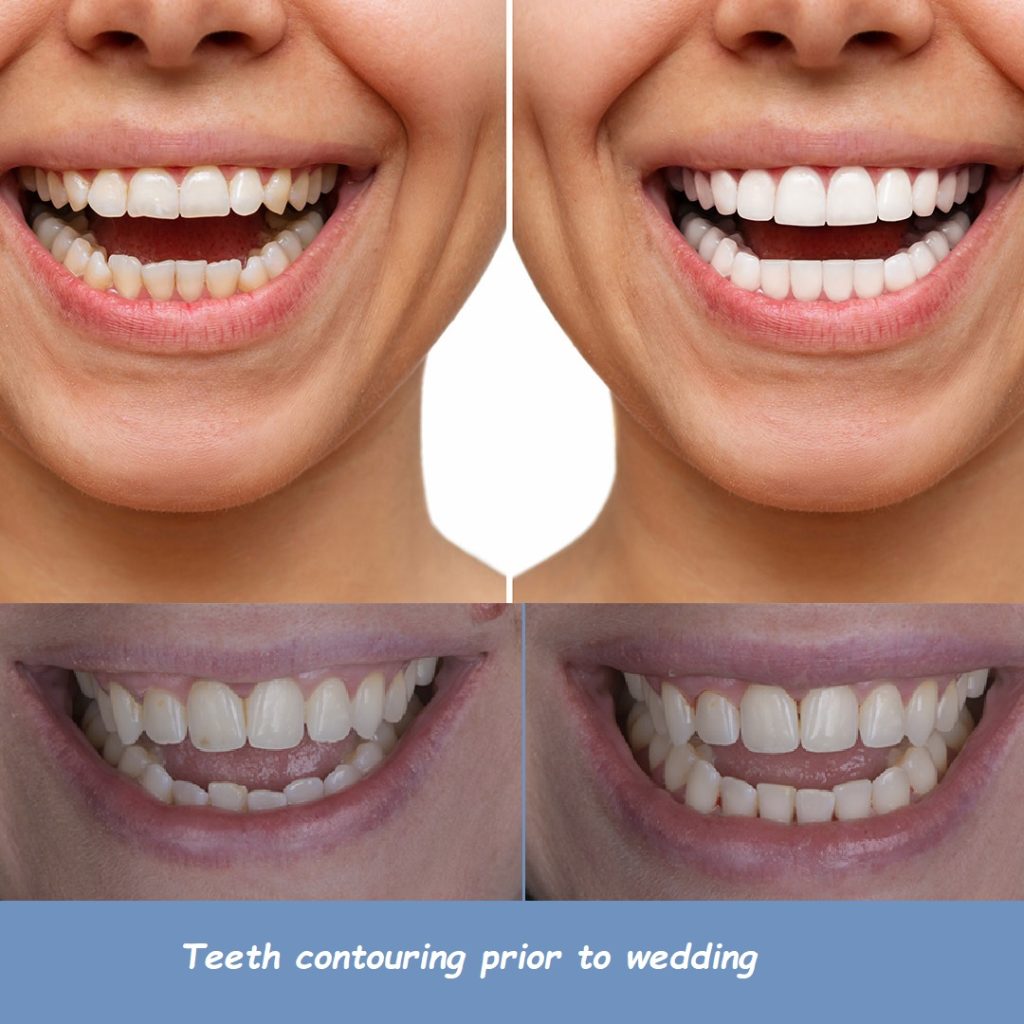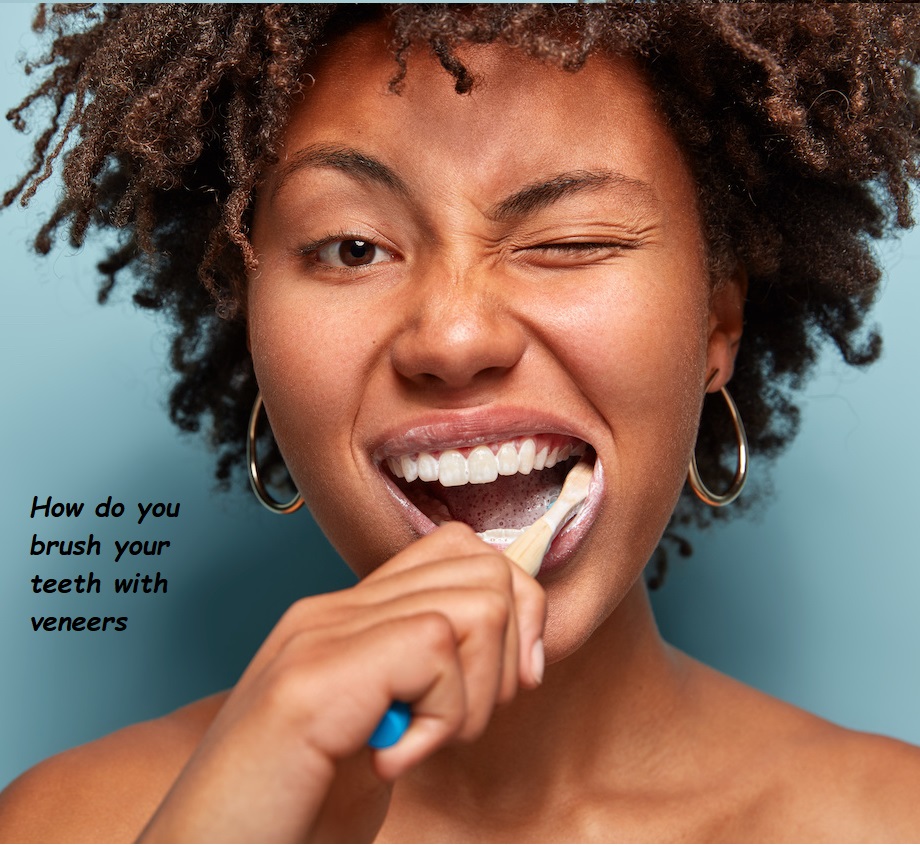best teeth whitening

The Ultimate Guide to the Best Teeth Whitening Solutions
Table of Contents
- Introduction
- Understanding Teeth Discoloration
- Over-the-Counter Teeth Whitening Products
- Professional Teeth Whitening Treatments
- Natural Teeth Whitening Remedies
- Tips for Maintaining a Bright Smile
- Choosing the Best Teeth Whitening Option for You
- Addressing Common Concerns About Teeth Whitening
- Conclusion
- Final Thoughts on Professional Teeth Whitening
Introduction
In today’s world, having a bright, white smile is more important than ever. Whether you’re looking to boost your confidence, make a good impression, or simply feel better about yourself, the best teeth whitening solutions can help you achieve the dazzling smile you desire. This comprehensive guide will explore the various methods available for teeth whitening, from over-the-counter products to professional treatments, and provide tips for maintaining your pearly whites. By the end of this article, you’ll have a clear understanding of the best teeth whitening options for your needs.
Understanding Teeth Discoloration
Before diving into the best teeth whitening solutions, it’s important to understand why teeth become discolored in the first place. Teeth discoloration can be categorized into two types: extrinsic and intrinsic.
Extrinsic Discoloration:
- Caused by external factors such as food, drinks, and smoking.
- Common culprits include coffee, tea, red wine, and tobacco.
- Typically affects the outer layer of the tooth (enamel).
Intrinsic Discoloration:
- Occurs when the inner structure of the tooth (dentin) darkens or gets a yellow tint.
- Causes include aging, trauma, excessive fluoride exposure, and certain medications.
- More challenging to treat than extrinsic discoloration.

Over-the-Counter Teeth Whitening Products
For those seeking a convenient and cost-effective way to whiten their teeth, over-the-counter (OTC) products are a popular choice. These products are readily available at drugstores and online, and they offer varying degrees of effectiveness.
Whitening Toothpaste
Whitening toothpaste is a simple and affordable option for maintaining a bright smile. These toothpastes contain mild abrasives and chemical agents that help remove surface stains. While they won’t provide dramatic results, they can be effective for preventing and reducing extrinsic discoloration.
Popular Brands:
- Colgate Optic White
- Crest 3D White
- Sensodyne True White
Whitening Strips
Whitening strips are thin, flexible plastic strips coated with a peroxide-based whitening gel. They are applied directly to the teeth and left on for a specified period, usually 30 minutes to an hour. With consistent use, whitening strips can deliver noticeable results within a few weeks.
Popular Brands:
- Crest 3D White Whitestrips
- Oral-B 3D White Whitestrips
- Lumineux Oral Essentials Whitening Strips
Whitening Gels and Pens
Whitening gels and pens are applied directly to the teeth using a brush or pen-like applicator. These products contain peroxide-based whitening agents and can be used alone or in conjunction with other whitening methods. They offer targeted application, making them suitable for touch-ups and spot treatments.
Popular Brands:
- Opalescence Go
- Colgate Optic White Gel Pen
- AuraGlow Teeth Whitening Pen
Whitening Mouthwash
Whitening mouthwash is a convenient addition to your oral care routine. These mouthwashes contain hydrogen peroxide or other whitening agents that help remove surface stains and freshen breath. While they may not provide dramatic whitening results, they can be effective for maintaining a bright smile.
Popular Brands:
- Crest 3D White Brilliance Mouthwash
- Listerine Healthy White Vibrant Mouthrinse
- Colgate Optic White Whitening Mouthwash
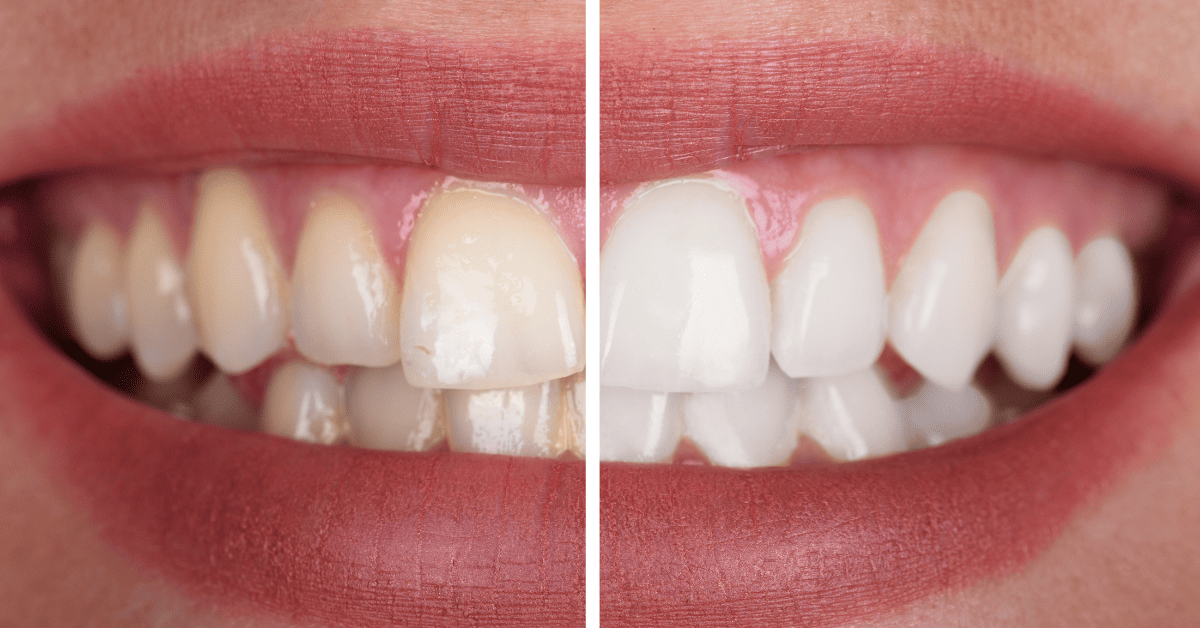
Professional Teeth Whitening Treatments
For those seeking more significant and long-lasting results, professional teeth whitening treatments performed by a dentist are the best option. These treatments are more expensive than OTC products, but they offer superior results and are tailored to your specific needs.
In-Office Whitening
In-office whitening, also known as chairside whitening, is a fast and effective way to achieve a brighter smile. During this procedure, a dentist applies a high-concentration whitening gel to your teeth and uses a special light or laser to enhance the whitening process. The entire treatment typically takes about an hour, and results are immediately noticeable.
Popular Brands:
- Zoom! Teeth Whitening
- Opalescence Boost
- BriteSmile

Procedure Details:
- Preparation:
- The dentist will begin by cleaning your teeth to remove any plaque or debris that could interfere with the whitening process.
- A protective barrier is applied to your gums and lips to shield them from the high-strength whitening gel.
- Application of Whitening Gel:
- The dentist carefully applies the whitening gel, which usually contains hydrogen peroxide or carbamide peroxide.
- The gel is left on your teeth for 15-20 minutes. Some systems may require multiple applications during the same visit.
- Activation with Light or Laser:
- A special light or laser is directed at your teeth to activate the whitening agents in the gel, speeding up the bleaching process.
- The dentist may use a light activation device like Zoom! or a laser system for this step.
- Evaluation and Additional Applications:
- After the initial application, the dentist evaluates the results. Additional applications of the whitening gel may be performed if needed.
- The total treatment time, including multiple applications and light activation, typically takes about one hour.
Advantages of In-Office Whitening:
- Immediate Results: In-office treatments can lighten your teeth by several shades in just one visit.
- Professional Supervision: The procedure is performed by a trained dentist, ensuring safety and effectiveness.
- Customizable Treatment: The dentist can adjust the concentration of the whitening agents and the duration of the treatment based on your specific needs.
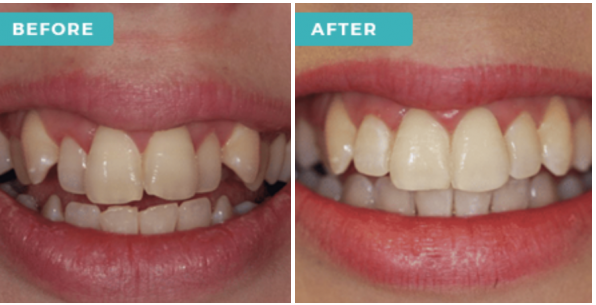
Take-Home Whitening Kits
Take-home whitening kits provided by a dentist offer a more gradual and customizable approach to teeth whitening. These kits include custom-made trays and a professional-grade whitening gel. You wear the trays for a specified period each day, usually for one to two weeks, until you achieve the desired level of whiteness.
Popular Brands:
- Opalescence PF
- NiteWhite ACP
- KöR Whitening
Procedure Details:
- Initial Consultation and Impressions:
- During the initial visit, the dentist takes impressions of your teeth to create custom-fitted trays.
- The trays are designed to fit snugly and evenly distribute the whitening gel over your teeth.
- Application Instructions:
- Once the trays are ready, the dentist provides detailed instructions on how to apply the whitening gel and wear the trays.
- Typically, you will need to wear the trays for a specified period each day, usually between 30 minutes to a few hours, depending on the strength of the gel and your sensitivity.
- Duration of Treatment:
- The treatment duration can vary, but most take-home kits require consistent use over one to two weeks.
- The dentist may schedule follow-up appointments to monitor progress and make any necessary adjustments.
Advantages of Take-Home Whitening Kits:
- Convenience: You can whiten your teeth at home, fitting the treatment into your schedule.
- Customization: The custom-fitted trays ensure even distribution of the whitening gel, providing better results than OTC trays.
- Professional Guidance: The dentist supervises the process, providing instructions and support throughout the treatment.
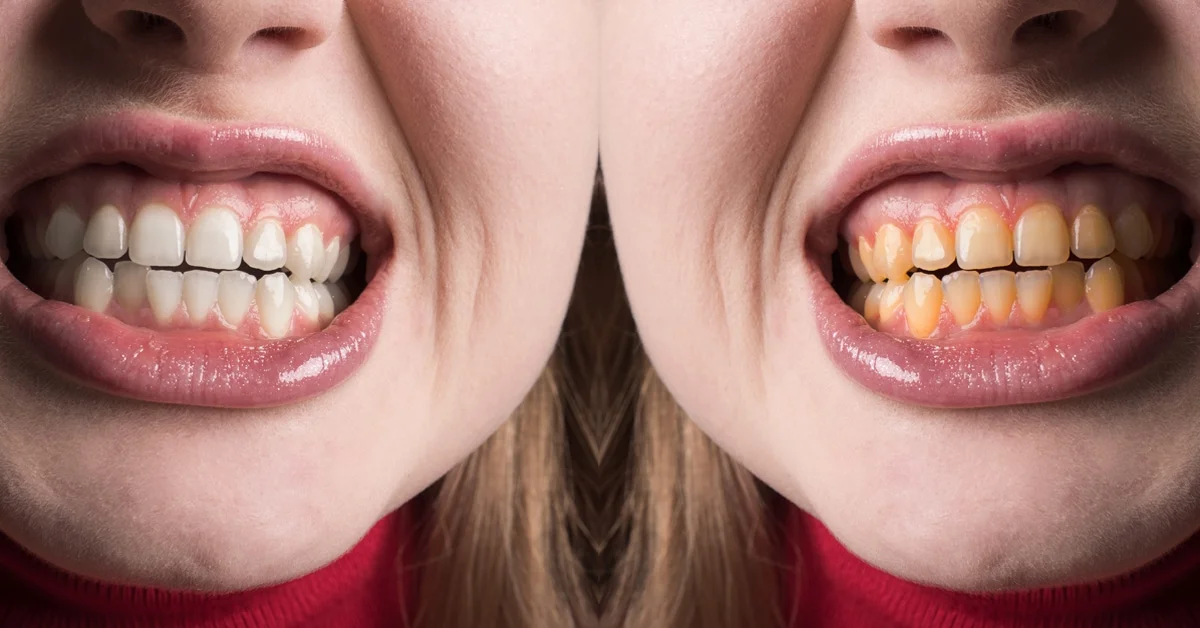
Natural Teeth Whitening Remedies
For those who prefer a more natural approach to teeth whitening, several home remedies can help brighten your smile. While these methods may not be as effective as professional treatments, they can be a good option for maintaining white teeth and preventing further discoloration.
Baking Soda and Hydrogen Peroxide
A mixture of baking soda and hydrogen peroxide is a popular natural remedy for teeth whitening. Baking soda acts as a mild abrasive that helps remove surface stains, while hydrogen peroxide has bleaching properties. To use, mix a small amount of baking soda with enough hydrogen peroxide to form a paste, and brush your teeth with the mixture for two minutes.
Oil Pulling
Oil pulling is an ancient practice that involves swishing oil (typically coconut oil) around in your mouth for 15-20 minutes. This method is believed to remove toxins and bacteria, which can help improve oral health and whiten teeth. While scientific evidence is limited, many people report positive results from regular oil pulling.
Apple Cider Vinegar
Apple cider vinegar has natural whitening properties due to its acidic nature. To use, dilute apple cider vinegar with water and swish it around in your mouth for a few minutes. Be cautious with this method, as the acidity can erode tooth enamel if used too frequently.
Activated Charcoal
Activated charcoal is a highly absorbent substance that can help remove surface stains and impurities from teeth. To use, dip a wet toothbrush into activated charcoal powder and brush your teeth for two minutes. Rinse thoroughly and brush with regular toothpaste to remove any residue.

Tips for Maintaining a Bright Smile
Once you’ve achieved your desired level of whiteness, it’s important to maintain your results by following good oral hygiene practices and making mindful lifestyle choices.
- Brush and Floss Regularly: Brush your teeth at least twice a day and floss daily to remove plaque and prevent stains.
- Avoid Stain-Causing Foods and Drinks: Limit your consumption of coffee, tea, red wine, and other stain-causing substances. If you do indulge, rinse your mouth with water afterward.
- Quit Smoking: Smoking is a major cause of tooth discoloration. Quitting smoking can help maintain your bright smile and improve your overall health.
- Use a Straw: When drinking beverages that can stain your teeth, use a straw to minimize contact with your teeth.
- Regular Dental Check-Ups: Visit your dentist regularly for professional cleanings and check-ups to keep your teeth healthy and white.
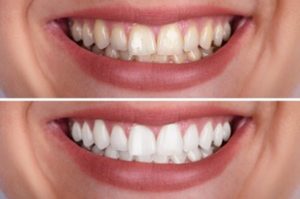
Choosing the Best Teeth Whitening Option for You
Selecting the best teeth whitening method depends on various factors, including the severity of your discoloration, your budget, and your personal preferences. Here’s a quick overview to help you decide:
Over-the-Counter Products
Best For:
- Mild to moderate extrinsic discoloration.
- Individuals seeking a cost-effective and convenient option.
- Those looking for maintenance products to prevent further staining.
Considerations:
- Results may be less dramatic compared to professional treatments.
- Consistent use is required for noticeable results.
- Some products may cause tooth sensitivity.
Professional In-Office Whitening
Best For:
- Severe extrinsic and intrinsic discoloration.
- Individuals seeking immediate and significant results.
- Those willing to invest in a higher-cost treatment for long-lasting results.
Considerations:
- Higher cost compared to OTC products.
- Requires a visit to the dentist’s office.
- Some temporary sensitivity may occur after treatment.

Take-Home Whitening Kits
Best For:
- Individuals seeking a professional-grade whitening solution with the convenience of at-home use.
- Those looking for a more gradual and customizable whitening process.
- People with mild to moderate discoloration.
Considerations:
- Requires consistent use over one to two weeks.
- Initial cost is higher than OTC products, but typically less than in-office treatments.
- Results may vary based on adherence to the treatment plan.
Addressing Common Concerns About Teeth Whitening
Teeth whitening is generally safe and effective, but it’s natural to have some concerns. Here are answers to common questions about teeth whitening:
Is Teeth Whitening Safe?
Yes, teeth whitening is safe when done correctly. Professional treatments and most OTC products are formulated to be safe for your teeth and gums. However, it’s important to follow the instructions provided and consult with your dentist before starting any whitening treatment, especially if you have dental issues or sensitivity.
Can Teeth Whitening Cause Sensitivity?
Some people may experience temporary tooth sensitivity after whitening treatments. This sensitivity usually subsides within a few days. Using toothpaste for sensitive teeth and avoiding extremely hot or cold foods and drinks can help manage sensitivity. If sensitivity persists, consult your dentist.
How Long Do Teeth Whitening Results Last?
The longevity of teeth whitening results varies based on the method used and your lifestyle habits. In-office treatments can last up to a year or more with proper care, while OTC products may require more frequent touch-ups. Avoiding stain-causing foods and maintaining good oral hygiene can help prolong the results.
Can All Teeth Be Whitened?
Teeth whitening is most effective on natural teeth. Crowns, veneers, and fillings do not respond to whitening treatments and may require replacement to match the whitened teeth. Additionally, teeth with severe intrinsic discoloration may not achieve the desired level of whiteness and may require alternative treatments like veneers or bonding.
Conclusion
Achieving a bright, white smile is within reach with the variety of teeth whitening options available today. Whether you choose over-the-counter products, professional treatments, or natural remedies, the key is to find the best teeth whitening solution that fits your needs and lifestyle. By maintaining good oral hygiene and making mindful choices, you can enjoy a dazzling smile for years to come. Remember, the best teeth whitening results come from a combination of effective products and consistent care. So, start your journey to a whiter smile today and let your confidence shine!
Final Thoughts on Professional Teeth Whitening
Professional teeth whitening, whether in-office or with a take-home kit provided by a dentist, offers several advantages over OTC products. These treatments provide faster, more effective, and longer-lasting results, making them ideal for individuals with significant discoloration or those seeking immediate improvements. With professional supervision, you can ensure a safe and customized whitening experience tailored to your unique needs.
As you explore the best teeth whitening options, consider consulting with your dentist to discuss your goals and determine the most suitable approach for your situation. Investing in professional teeth whitening can deliver the bright, white smile you’ve always wanted, boosting your confidence and enhancing your overall appearance.
In conclusion, the journey to achieving the best teeth whitening results involves understanding the causes of discoloration, exploring various whitening methods, and maintaining good oral hygiene practices. By taking a proactive approach and choosing the right whitening solution, you can enjoy a beautiful, radiant smile that lights up any room.
What is the Best Teeth Whitening that Works?
The best teeth whitening method varies based on individual needs, preferences, and budget. Generally, professional in-office treatments are considered the most effective and reliable. Here are some top options:
1. Zoom Whitening: Zoom Whitening is a professional treatment that uses a high-concentration hydrogen peroxide gel activated by a special UV light. The procedure typically takes about an hour, and results are immediate, with teeth becoming up to eight shades whiter. It’s known for its effectiveness and quick results.
2. Laser Whitening: Laser teeth whitening involves applying a bleaching gel to the teeth, which is then activated by a laser. This method is fast and provides significant whitening, often completed in one visit. It is highly effective for deep stains.
3. Opalescence Boost: Opalescence Boost uses a chemically activated gel, eliminating the need for a light or laser. The procedure is quick, taking about an hour, and is effective in achieving a bright, white smile. It is favored for its convenience and reliability.
For those looking for at-home solutions, custom-fitted trays provided by dentists with professional-grade bleaching gels are highly effective. Over-the-counter products like Crest 3D White Strips and the Glo Brilliant Teeth Whitening Device are also popular for their convenience and noticeable results.
Which Method of Teeth Whitening is Most Effective?
Professional in-office whitening treatments are generally considered the most effective due to their higher concentration of bleaching agents and the controlled application by dental professionals. Here are the top methods:
1. Professional In-Office Whitening: This method is performed by a dentist and involves applying a high-concentration bleaching gel to the teeth. The process often includes the use of special lights or lasers to enhance the whitening effect. Results are immediate and can last longer than at-home treatments. Popular options include Zoom Whitening and Laser Whitening.
2. Custom-Fitted Trays: Provided by dentists, these at-home kits include custom-made trays and a professional-grade bleaching gel. Users wear the trays for a specified period each day. This method is highly effective and allows for gradual whitening over a few weeks, providing excellent results comparable to in-office treatments.
3. Whitening Strips and LED Devices: Over-the-counter products like Crest 3D White Strips and the Glo Brilliant Teeth Whitening Device offer a balance between effectiveness and convenience. They use lower concentrations of bleaching agents but are effective for moderate stains and provide good results with consistent use.
What Whitens Teeth Really Fast?
For those seeking quick results, professional in-office treatments are the best option. Here are some treatments known for their rapid whitening effects:
1. Zoom Whitening: Zoom Whitening is renowned for its speed and effectiveness. The procedure takes about an hour and can make teeth up to eight shades whiter in a single session. The combination of high-concentration hydrogen peroxide gel and UV light activation accelerates the whitening process.
2. Laser Whitening: Laser Whitening offers immediate results by using a laser to activate the bleaching gel applied to the teeth. The process is completed in one visit, usually taking less than an hour, and provides significant whitening.
3. Opalescence Boost: Opalescence Boost is a quick in-office treatment using a chemically activated gel. The procedure takes about an hour and delivers fast, noticeable results without the need for light or laser activation.
At-home options like whitening strips and LED devices can also provide relatively fast results, usually within a week, though they are not as immediate as professional treatments.
Can Yellow Teeth Become White Again?
Yes, yellow teeth can become white again through various teeth whitening methods. The effectiveness of the whitening process depends on the cause and severity of the discoloration. Here are some options:
1. Professional Whitening: Professional in-office treatments, such as Zoom Whitening or Laser Whitening, are highly effective for yellow teeth. These methods use high-concentration bleaching agents that can significantly lighten the teeth in just one session.
2. Custom-Fitted Trays: Dentist-provided custom-fitted trays with professional-grade bleaching gel are effective for yellow teeth. The trays ensure even application of the gel, and consistent use over a few weeks can result in a noticeable improvement.
3. Over-the-Counter Products: Whitening strips, gels, and LED devices available over the counter can also help whiten yellow teeth. While they may take longer than professional treatments, consistent use can yield good results.
4. Natural Methods: For those preferring natural remedies, baking soda and hydrogen peroxide can be used to make a homemade whitening paste. While these methods can help with mild discoloration, they are less effective than professional treatments.
How Can I Permanently Whiten My Teeth?
While no teeth whitening method is truly permanent, you can maintain whitened teeth for a long time with the right approach. Here’s how:
1. Professional Whitening Followed by Maintenance: Undergoing a professional whitening treatment such as Zoom Whitening or Laser Whitening provides a strong foundation. Follow-up with at-home whitening kits and regular touch-ups as recommended by your dentist to maintain the results.
2. Good Oral Hygiene: Brush your teeth at least twice a day with a whitening toothpaste and floss daily to remove plaque and prevent stains. Use a mouthwash that helps prevent staining and maintain oral health.
3. Avoid Staining Foods and Drinks: Limit your intake of foods and beverages that can stain teeth, such as coffee, tea, red wine, and berries. When consuming these, use a straw to minimize contact with your teeth and rinse your mouth with water afterward.
4. Regular Dental Check-Ups: Visit your dentist regularly for professional cleanings and check-ups. They can help remove surface stains and monitor your oral health, providing professional advice on maintaining whitened teeth.
5. Touch-Up Treatments: Use at-home whitening kits or professional touch-up treatments as needed to keep your teeth bright. Your dentist can recommend a suitable maintenance schedule based on your needs.
How Can I Get Super White Teeth?
Achieving super white teeth involves a combination of professional treatments and diligent at-home care. Here’s a comprehensive approach:
1. Start with Professional Whitening: Begin with a professional in-office whitening treatment such as Zoom Whitening or Laser Whitening to achieve the initial whitening. These methods provide the most dramatic and immediate results.
2. Use High-Quality At-Home Whitening Kits: Maintain the initial results with high-quality at-home whitening kits. Custom-fitted trays with professional-grade bleaching gel provided by your dentist are ideal for this purpose. Whitening strips like Crest 3D White Strips or LED devices like the Glo Brilliant Teeth Whitening Device are also effective.
3. Maintain Excellent Oral Hygiene: Brush your teeth twice a day with a whitening toothpaste and floss daily. Regular brushing helps remove surface stains and prevent new ones from forming.
4. Avoid Staining Substances: Avoid foods and drinks that can stain your teeth, such as coffee, tea, red wine, and dark-colored berries. If you do consume these, rinse your mouth with water afterward or use a straw to minimize contact with your teeth.
5. Regular Dental Visits: Schedule regular dental cleanings and check-ups. Professional cleanings can remove surface stains and help maintain the whiteness of your teeth.
6. Consider Veneers or Bonding: For a more permanent solution, cosmetic dental procedures like veneers or bonding can provide super white teeth. Veneers are thin shells of porcelain or composite resin that cover the front surface of teeth, offering a long-lasting white appearance.
By combining these methods and maintaining consistent care, you can achieve and sustain super white teeth, enhancing your smile and boosting your confidence.

